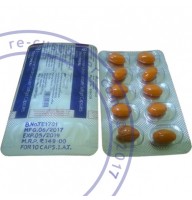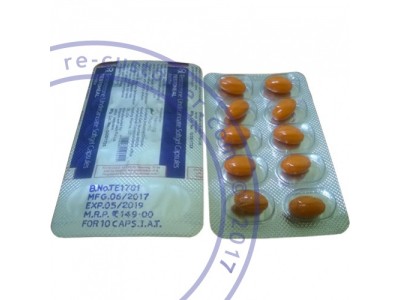Topical and oral medications for testosterone differ significantly in their administration methods, absorption processes, effectiveness, and potential side effects. Understanding these differences is crucial for determining the most appropriate treatment option for individuals with low testosterone levels.
Topical testosterone is applied directly to the skin, typically in the form of gels, creams, patches, or transdermal systems. The testosterone is absorbed through the skin into the bloodstream, which allows for a relatively steady release of the hormone throughout the day. This method mimics the body's natural testosterone production more closely than some other methods. One of the advantages of topical testosterone is that it can be easily adjusted by varying the amount of gel or cream applied. However, there are potential downsides. Skin irritation at the application site is a common side effect, and there is a risk of transferring the hormone to others through skin contact. Users must also be diligent about applying the medication daily and following specific guidelines to ensure proper absorption and avoid contamination.
Oral testosterone, on the other hand, is ingested in pill or tablet form. Historically, oral testosterone formulations were less favored due to concerns about liver toxicity, as they had to pass through the liver before entering the bloodstream, potentially causing liver damage over time. However, newer formulations, such as testosterone undecanoate, are designed to bypass the liver by being absorbed through the lymphatic system. This has reduced the risk of liver toxicity and made oral testosterone a more viable option for some patients. Despite this improvement, oral testosterone may still present challenges, including fluctuations in hormone levels and the potential for gastrointestinal side effects.
In terms of effectiveness, both topical and oral testosterone can increase hormone levels and alleviate symptoms of low testosterone, such as fatigue, decreased libido, and muscle weakness. The choice between them often depends on patient preference, convenience, potential side effects, and specific medical conditions. Topical testosterone may provide more stable hormone levels but requires daily application and careful handling. Oral testosterone offers a more straightforward administration route but might still present issues with hormone level fluctuations and potential side effects.
Ultimately, the decision between topical and oral testosterone should be made in consultation with a healthcare provider, considering the individual’s health status, lifestyle, and treatment goals. Regular monitoring and follow-up are essential to ensure the chosen therapy is effective and safe.

